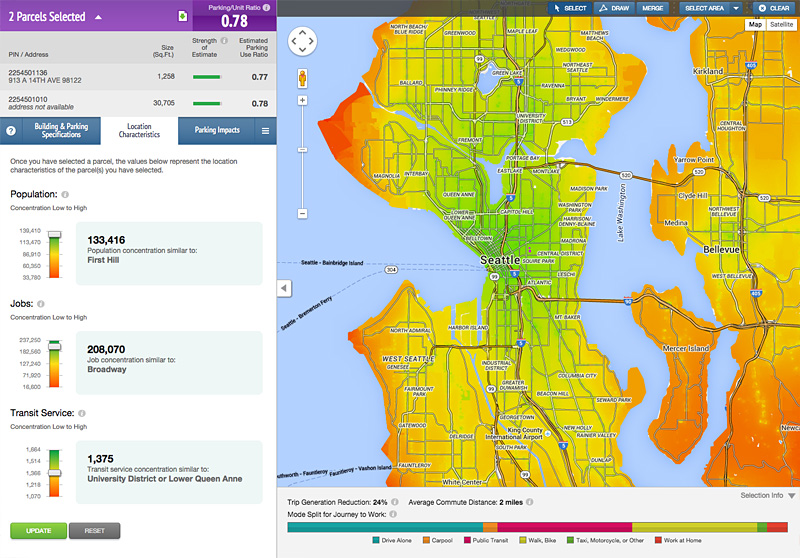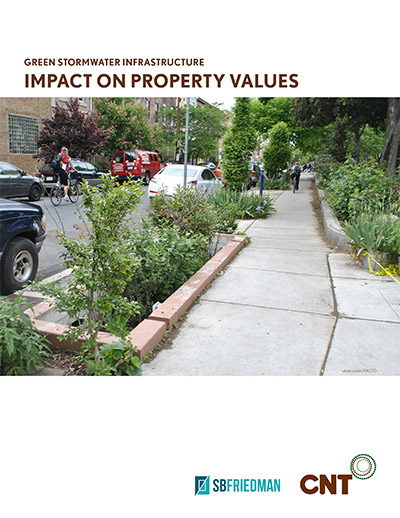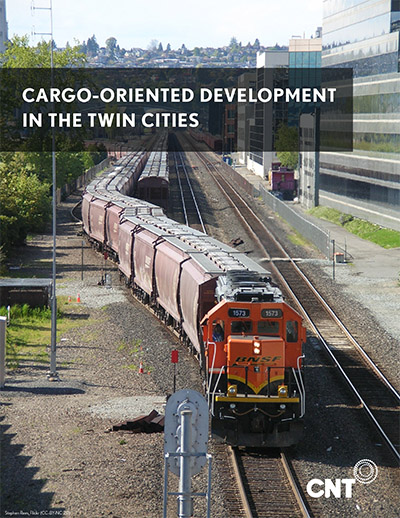Established urban industrial districts in the Twin Cities have a mixture of thriving businesses and vacant properties. Some of these vacant or underutilized properties have been overlooked by industrial developers in favor of greenfield sites due to challenges related to land acquisition and cleanup, site configuration, changing nearby land uses, and infrastructure condition. However, new technologies that reduce energy use, freight congestion, and space required for industrial operations combined with increasing expectations of same day fulfilment are creating new development opportunities for existing industrial districts. Working collaboratively, the public, private, and nonprofit sector can support a thriving manufacturing sector, make sustainable public investments in infrastructure, and improve economic opportunities and quality of life for residents.
Cargo-oriented development (COD) is a development strategy that promotes efficient and sustainable freight movement and industrial development. Like transit-oriented development (TOD), COD focuses on coordinating transportation and land use investment to maximize economic and social benefits, supporting industrial businesses in districts with access to multiple modes of freight transportation, strengthening access to nearby workers, and deploying greener vehicles and cleaner technologies. Over the past two years, the Center for Neighborhood Technology (CNT) has worked closely with local partners to identify, analyze, and rank industrial areas in the Twin Cities based on their potential for COD. These studies help to quantify the potential economic benefit of COD and highlight issues and opportunities that need additional action by local stakeholders.





 Strengthening Transit Through Community Partnerships
Strengthening Transit Through Community Partnerships